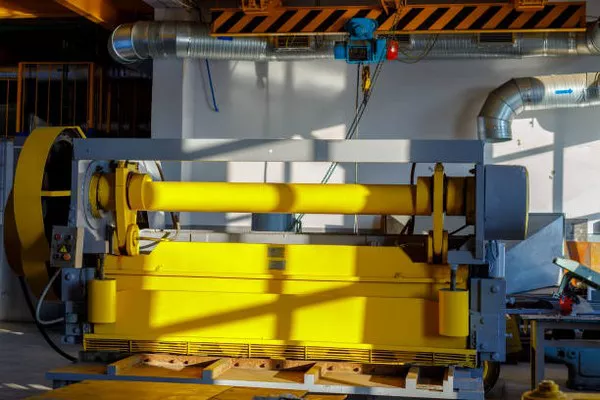In regions prone to severe weather events or power outages, having a backup generator for your home can provide essential peace of mind and comfort. However, selecting the correct size generator to power your furnace during an outage is crucial. Furnaces are typically one of the most energy-demanding appliances in a home, especially during colder months. Therefore, understanding your furnace’s power requirements and matching them with an appropriately sized generator is essential to ensure your home remains warm and comfortable during power disruptions.
Importance of Sizing Your Generator Correctly
The primary goal of a backup generator is to maintain essential functions when the main power supply fails. For many homeowners, ensuring that the furnace continues to operate during a power outage is critical to prevent frozen pipes, protect home occupants from dangerously low temperatures, and maintain overall comfort and safety.
Selecting an undersized generator can lead to operational issues, including potential damage to the furnace and insufficient heating output. Conversely, an oversized generator may result in unnecessary costs and fuel consumption. Thus, it’s essential to calculate your furnace’s power requirements accurately to determine the appropriate generator size.
Determining Furnace Power Requirements
To determine the size of the generator needed to power your furnace, you will need to identify the furnace’s power consumption in watts or amps. This information can typically be found on the furnace’s nameplate or in the manufacturer’s specifications.
Identify Power Consumption: Look for the furnace’s electrical rating, usually listed in watts (W) or amps (A). For example, a furnace might have a rating of 3,000 watts (or 15 amps at 200 volts).
Calculate Starting Surge: Furnaces often require a higher amount of power when starting up compared to their running wattage due to the initial power surge. This surge can be up to three times the running wattage. For instance, if your furnace runs at 3,000 watts, it might require around 9,000 watts momentarily during startup.
Generator Sizing Guide
Once you have determined the power requirements of your furnace, use the following guidelines to select an appropriately sized generator:
Consider Running Wattage: Choose a generator with a continuous (running) wattage rating that exceeds the furnace’s running wattage. This ensures the generator can handle the furnace’s standard operational load without overloading.
Account for Starting Wattage: Factor in the furnace’s starting wattage to accommodate the initial surge. The generator’s peak (starting) wattage should be sufficient to handle this surge comfortably.
Include Other Essential Loads: If you plan to power additional appliances or devices during an outage, such as lights, refrigerators, or sump pumps, make sure to add their power requirements to the furnace’s load. Calculate the total wattage needed to determine the overall generator size required.
Example Calculation
Let’s illustrate the sizing process with an example:
Suppose your furnace has a running wattage of 3,000 watts and a starting wattage of 9,000 watts. Additionally, you want to power a few lights (300 watts), a refrigerator (700 watts), and a sump pump (1,200 watts) during the outage.
Total Running Wattage = Furnace + Lights + Refrigerator + Sump Pump
Total Running Wattage = 3,000W + 300W + 700W + 1,200W = 5,200 watts
Total Starting Wattage = Furnace + Lights + Refrigerator + Sump Pump
Total Starting Wattage = 9,000W + 300W + 700W + 1,200W = 11,200 watts
Based on this calculation, you would need a generator with a running wattage of at least 5,200 watts and a starting (peak) wattage of at least 11,200 watts to power your furnace and other essential appliances simultaneously during an outage.
Generator Selection and Installation Tips
When selecting and installing a generator for your furnace, consider the following tips:
Consult with an Expert: If you’re unsure about calculating power requirements or choosing the right generator size, consult with a qualified electrician or generator specialist.
Choose a Reliable Brand: Invest in a reputable generator brand known for reliability and durability. Research customer reviews and ratings to make an informed decision.
Install a Transfer Switch: For safety and convenience, consider installing a transfer switch. A transfer switch ensures that the generator’s power is safely routed to selected circuits, preventing back-feeding into the utility lines.
Regular Maintenance: Maintain your generator according to the manufacturer’s guidelines. Regular servicing and upkeep will ensure optimal performance during emergencies.
See Also What Is Electric Generator? A Comprehensive Overview
Conclusion
Choosing the right size generator to power your furnace during a power outage is essential for maintaining comfort, safety, and functionality in your home. By accurately calculating your furnace’s power requirements and considering additional electrical loads, you can select an appropriately sized generator that meets your needs. Investing in a reliable generator and ensuring proper installation will provide peace of mind and protection against unexpected power disruptions. If in doubt, always consult with professionals to ensure the safety and efficiency of your backup power system.

